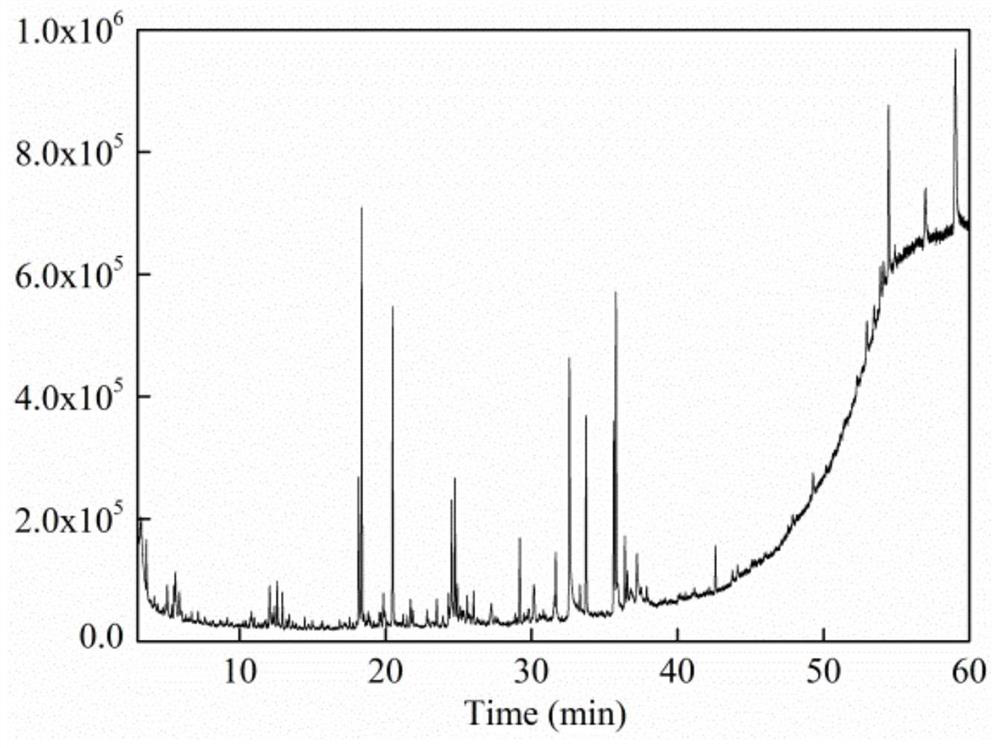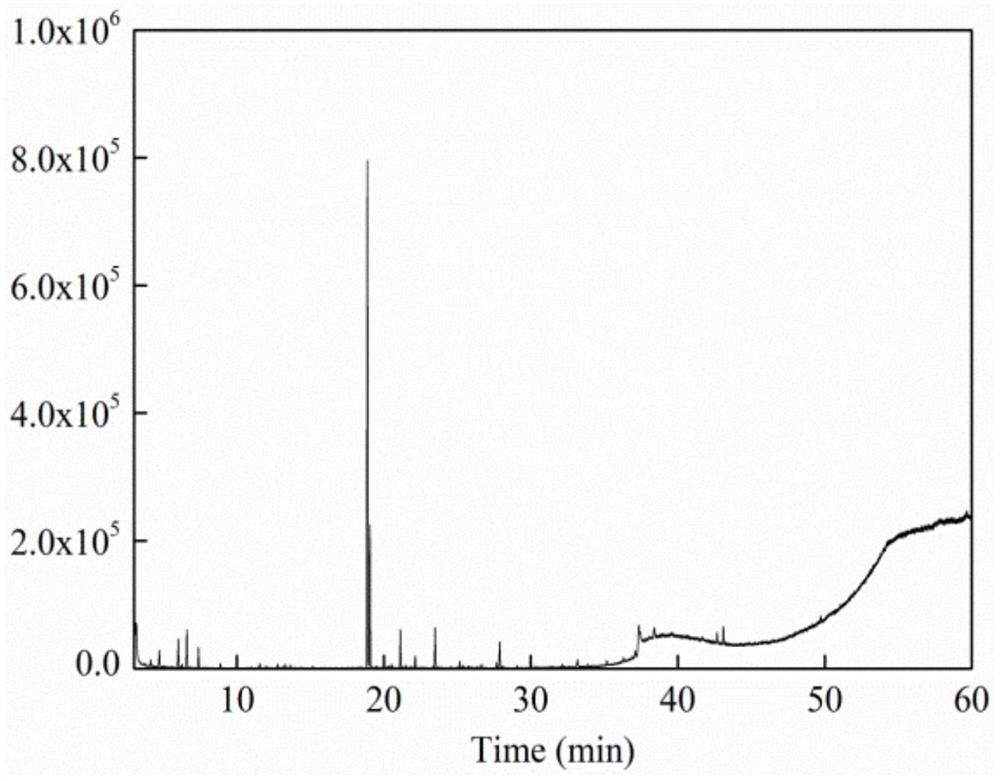Lactobacillus plantarum and application thereof in producing phenyllactic acid
A technology of Lactobacillus plantarum and phenyllactic acid, applied in the direction of microorganism-based methods, bacteria, microorganisms, etc., can solve the problems of relying on equipment, low product purity, and long time consumption, and achieve the effect of rapid extraction method and high purity
- Summary
- Abstract
- Description
- Claims
- Application Information
AI Technical Summary
Problems solved by technology
Method used
Image
Examples
Embodiment 1
[0036] In this example, a strain of Lactobacillus plantarum CXG9 was isolated for the first time from fermented stinky cabbage stalks. The colony morphology of Lactobacillus plantarum CXG9 after being cultured on the MRS medium for 24 hours is shown in figure 1 ; Its 16S rDNA sequence is shown in SEQ ID No.1, and the result of comparison at NCBI shows that it is Lactobacillus plantarum; it has been preserved in the China Microbiological Culture Collection Management Committee on March 1, 2021. General Microorganisms Center, the preservation address is the Institute of Microbiology, Chinese Academy of Sciences, No. 3, Courtyard 1, Beichen West Road, Chaoyang District, Beijing, and the preservation number is CGMCC No.21849.
Embodiment 2
[0038] The present embodiment utilizes Lactobacillus plantarum CXG9 of embodiment 1 to produce phenyllactic acid, and the specific method is:
[0039] (1) inoculating Lactobacillus plantarum CXG9 in the fermentation broth, obtaining the fermentation broth after fermentation, centrifuging the fermentation broth to get the supernatant;
[0040] Specifically, Lactobacillus plantarum CXG9 was inoculated in MRS broth medium, cultured with shaking at 37°C for 16 hours to obtain a fermentation broth, and the fermentation broth was centrifuged at 8000r / min for 5min at low temperature (4°C) to remove bacteria , take the supernatant;
[0041] (2) perform liquid-phase extraction on the supernatant with ethyl acetate, absorb the upper layer extract;
[0042] Specifically, the ethyl acetate and the supernatant were stirred and mixed at a volume ratio of 3:1 to carry out liquid-liquid extraction, and the upper layer extract was absorbed after standing for stratification;
[0043] (3) conc...
Embodiment 3
[0053] Get the phenyllactic acid that embodiment 2 prepares, carry out agar diffusion antibacterial experiment to Listeria monocytogenes, experimental result is as follows Figure 5 and Image 6 shown.
[0054] Depend on Figure 5 It can be seen that Lactobacillus plantarum phenyllactic acid has a good inhibitory effect on Listeria monocytogenes; and by Image 6 Visible, its minimum inhibitory concentration is 2.4mg / mL.
PUM
 Login to View More
Login to View More Abstract
Description
Claims
Application Information
 Login to View More
Login to View More - R&D
- Intellectual Property
- Life Sciences
- Materials
- Tech Scout
- Unparalleled Data Quality
- Higher Quality Content
- 60% Fewer Hallucinations
Browse by: Latest US Patents, China's latest patents, Technical Efficacy Thesaurus, Application Domain, Technology Topic, Popular Technical Reports.
© 2025 PatSnap. All rights reserved.Legal|Privacy policy|Modern Slavery Act Transparency Statement|Sitemap|About US| Contact US: help@patsnap.com



